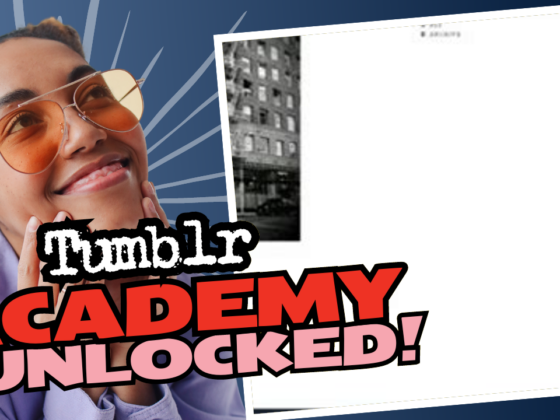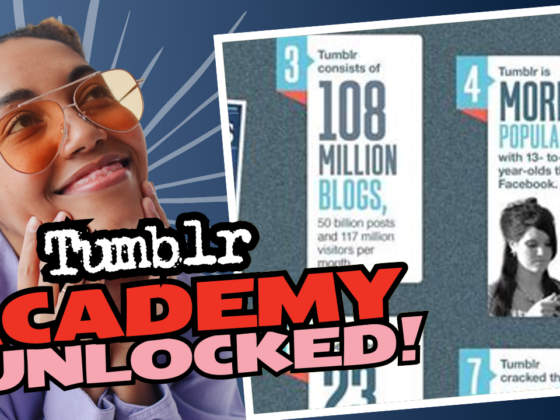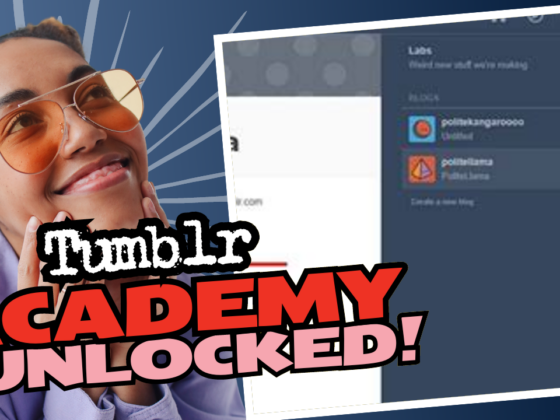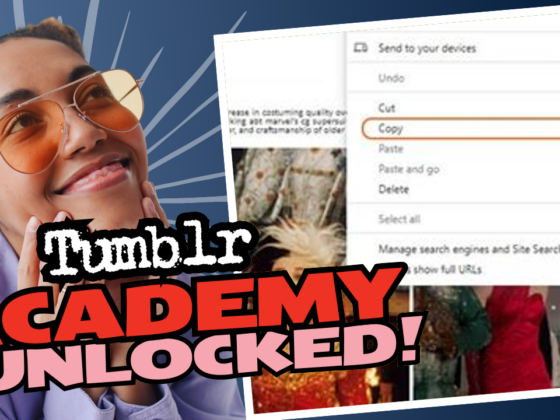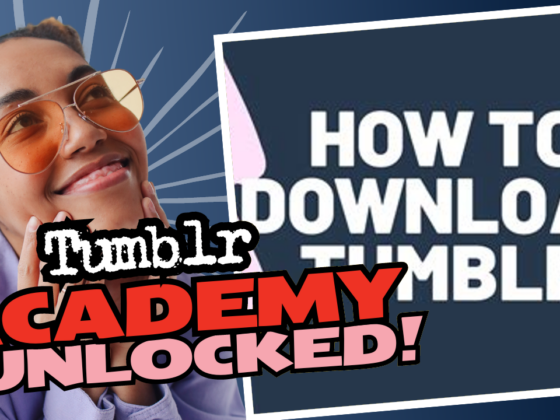Can You Hotlink Tumblr Images? The Playful, Sarcastic 101
So you stumbled upon a glorious Tumblr image—an artistic masterpiece or perhaps a cat doing yoga (because, let’s be honest, who can resist those?), and the idea crossed your mind: “Can I just, like, hotlink this sweet visual?” Hold that thought right there. Let’s break down why you may want to think twice (or thrice!) before doing so.
The Hotlink Dilemma: A Bandwidth Thief’s Playground
Hotlinking essentially means you’re dragging someone else’s image, file, or asset straight to your site, drinking from their server’s bandwidth fountain like a thirsty digital vampire. While some websites don’t mind (again, looking at you, imgur), generally, you’re delving into a territory where the rules of netiquette frown in disapproval.
Imagine this: you have a fancy dinner party, and just as you’re about to dive into that exquisite chocolate cake you baked with love, your uninvited friend barges in and takes a big ol’ slice without asking. Rude, right? This is very much like hotlinking!
Why Not Hotlink? Let’s Count the Ways
If you still think hotlinking is a good idea, here are a couple of compelling reasons that might change your mind:
- 1. Resource Drain: Each time someone visits your site and views the hotlinked image, you’re causing someone else’s server to work. Yep, that’s right. You’re eating up their resources for your website’s meal (not cool). They pay for their bandwidth, not yours!
- 2. No Control Syndrome: You put that image on your site, thinking you’re all clever, but guess what? You don’t own it, and the original host could pull the rug and change it up anytime. One moment, it’s an adorable kitten; the next, it’s a picture of, let’s say, an STD-ridden body part that deserves a serious zoom-out. Your audience will love that! (*sarcastic tone accepted*).
- 3. Privacy Pitfalls: If the image is housed on a site that tracks users (think Google Drive), every time someone lands on your site to see the hotlinked image, guess who’s collecting data on them? Yep, that’s right—the site you hotlinked from. Who does that make your site? A surveilling accomplice!
But Wait! There’s More
When you think you’re savvy for hotlinking, let me throw in a hilarious story to add some perspective.
Once a friend had his images hijacked through hotlinking. So in his sheer genius petty revenge, he switched his photos to absurdities like goatse and tubgirl. Sipping on some delicious schadenfreude, he rerouted the proper images back to his site. Can you even imagine the horror of users staring at a grotesque internet relic instead of the intended content? Morale: hotlinkers beware!
Alternatives to Hotlinking: Get in Control
Okay, hotlinking has been painted in shades of wrong, so what can you do instead to avoid busting out the sarcasm and chaos? Here are some smart options:
- 1. Host Yourself! Consider the golden rule of websites: if you want to use it, upload it! Upload and maintain your content. You’re in charge, and you avoid those awkward surprises.
- 2. Use Trustworthy Sites: If you must hotlink, choose wisely. Opt for trusted platforms like imgur or designated CDNs that are designed for sharing assets. They won’t pull a fast one on you by swapping that lovely cat picture for a flamingo in a tutu (although that might be funny too!).
- 3. Link, Don’t Embed: Consider using mere hyperlinks instead of embedding images directly onto your site. This way, you redirect users to the original source without guzzling down their bandwidth.
The ‘Link as a Gentlemen’ Rule
As the internet’s unspoken gentleman’s agreement goes, if you find a fantastic asset, link back to its original home. You’re respecting the source, ensuring that the creator is credited, and dodging any bandwidth bullets. Also, it’s good karma, and we all could use some of that in our lives, right?
Why You Should Consider Content Security Policies
If you do find yourself in the position of needing external assets (not that we recommend it!), consider adding a Content Security Policy (CSP) and Cross-Origin Resource Sharing (CORS) headers. This isn’t just wise; it’s self-preservationary because you don’t want to end up with rogue assets wreaking havoc on your site! Check out this nifty resource by Mozilla on how CORS requests work, here.
The Evolution of Hotlinking Perspectives
Let’s take a brief jaunt down memory lane. In the early days, hotlinking was like bringing a spoon to a knife fight—never smart and oftentimes dangerous. In those days, web servers had limited traffic quotas, and the drama of consuming someone else’s bandwidth could lead to some seriously fiery confrontations. Who remembers the days of dial-up and chunky web pages that crashed under the weight of images? Ah, nostalgia!
Over the years, as image hosting sites like imgur emerged, people started lightening up on hotlinking, but the caveats remained in play. While some benign sites welcome the link love, others retaliate with creative consequences—like turning your cherished cat-themed post into a dumpster fire of questionable imagery. Classy.
Final Thoughts
So, to sum it all up with a side of playful sarcasm: Sure, you can hotlink Tumblr images, but do you really want to step into an internet minefield where you risk showing your visitors some severely inappropriate content? You might as well faceplant into a tub of ice cream if that’s the goal.
At the end of the day, link responsibly and focus on elevating sources instead of stealing from them. Seek out safer and more reliable alternatives. In this big, wild web, trust is the currency that makes it flow smoothly, and frankly, nobody wants a surprise dick pic on their blog, right?
In the words of the wise (or perhaps just slightly petty), “Don’t hotlink; host it yourself!” Treat the internet like your mother taught you: with respect and a dash of love.


